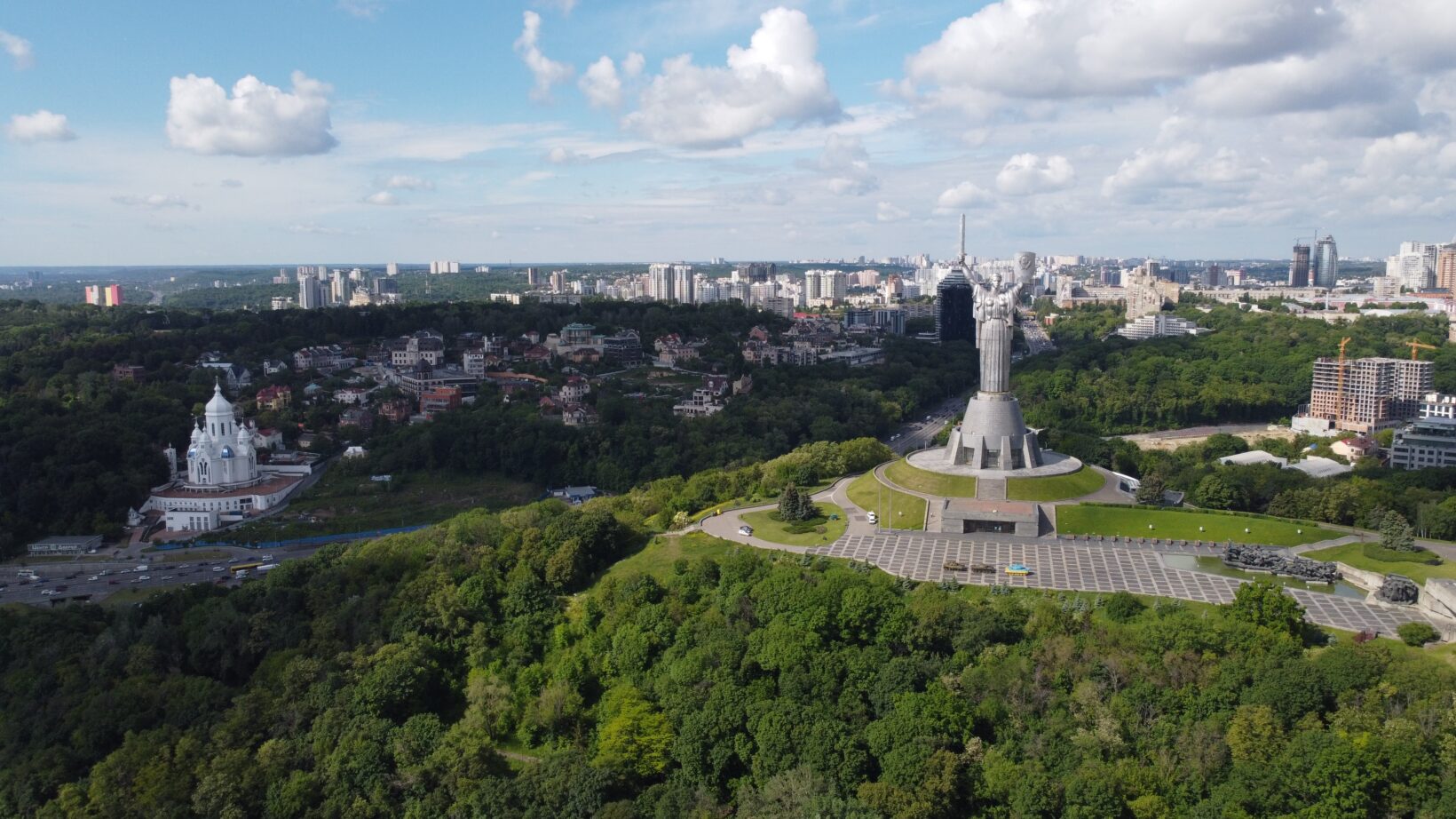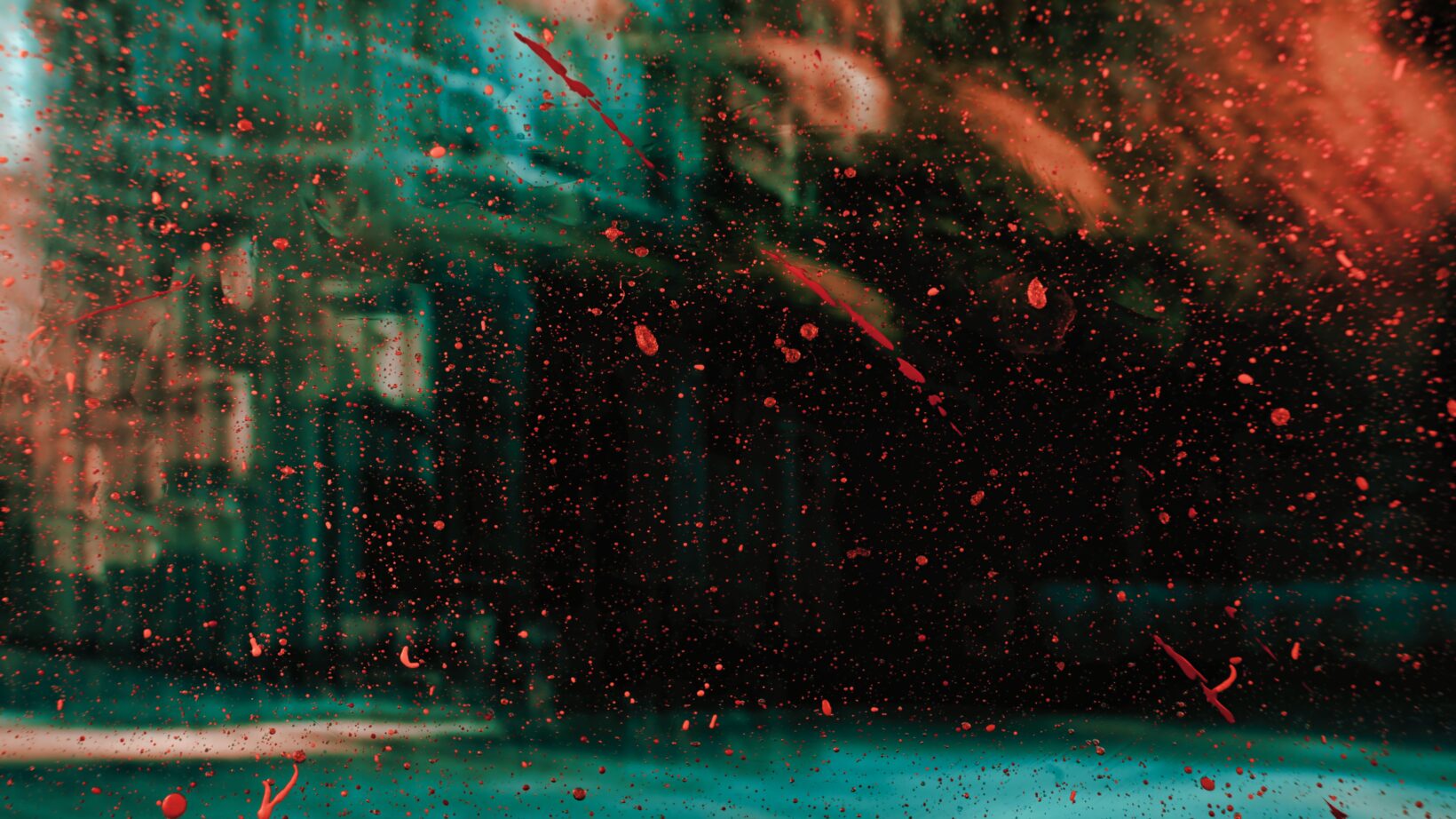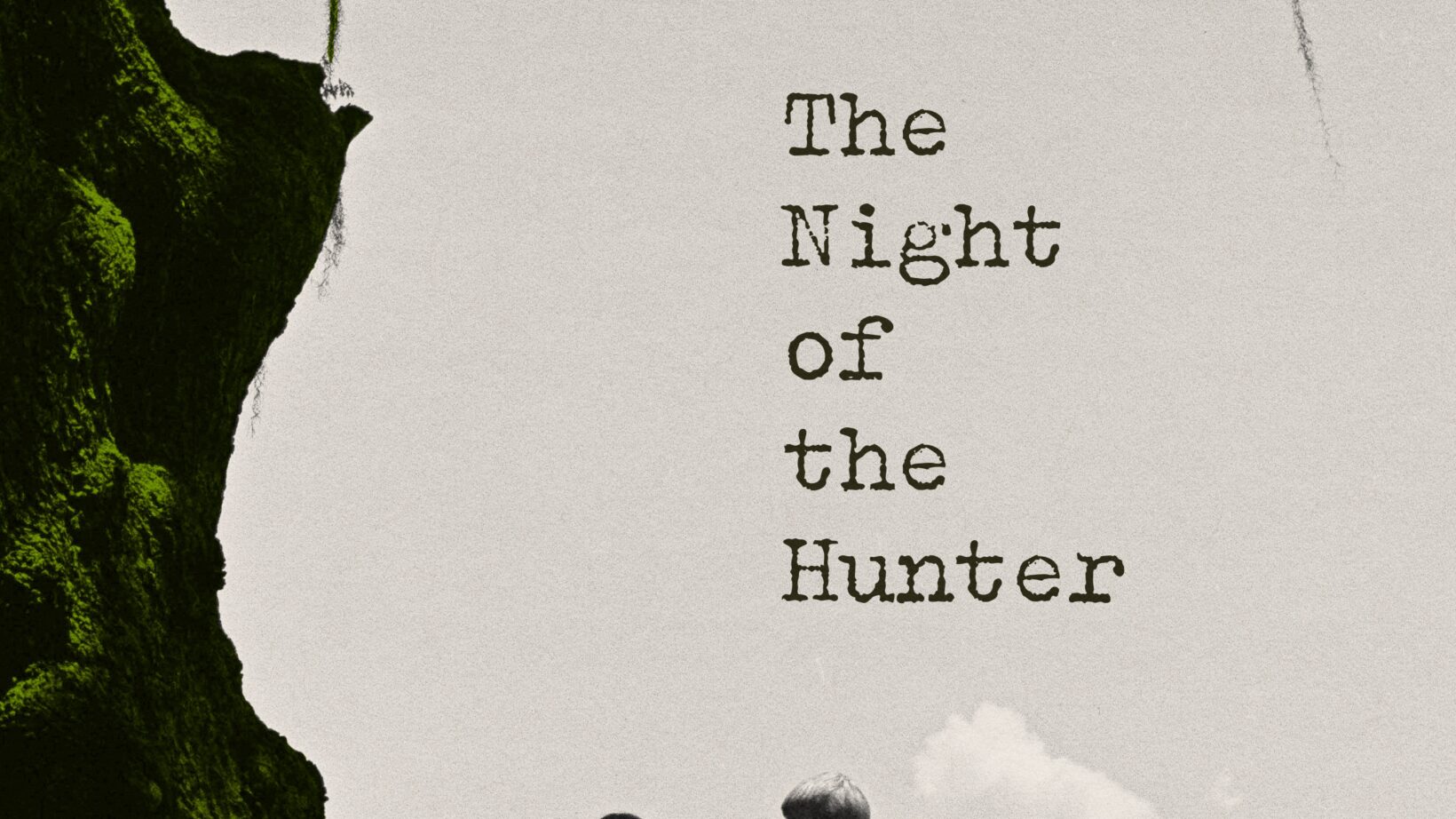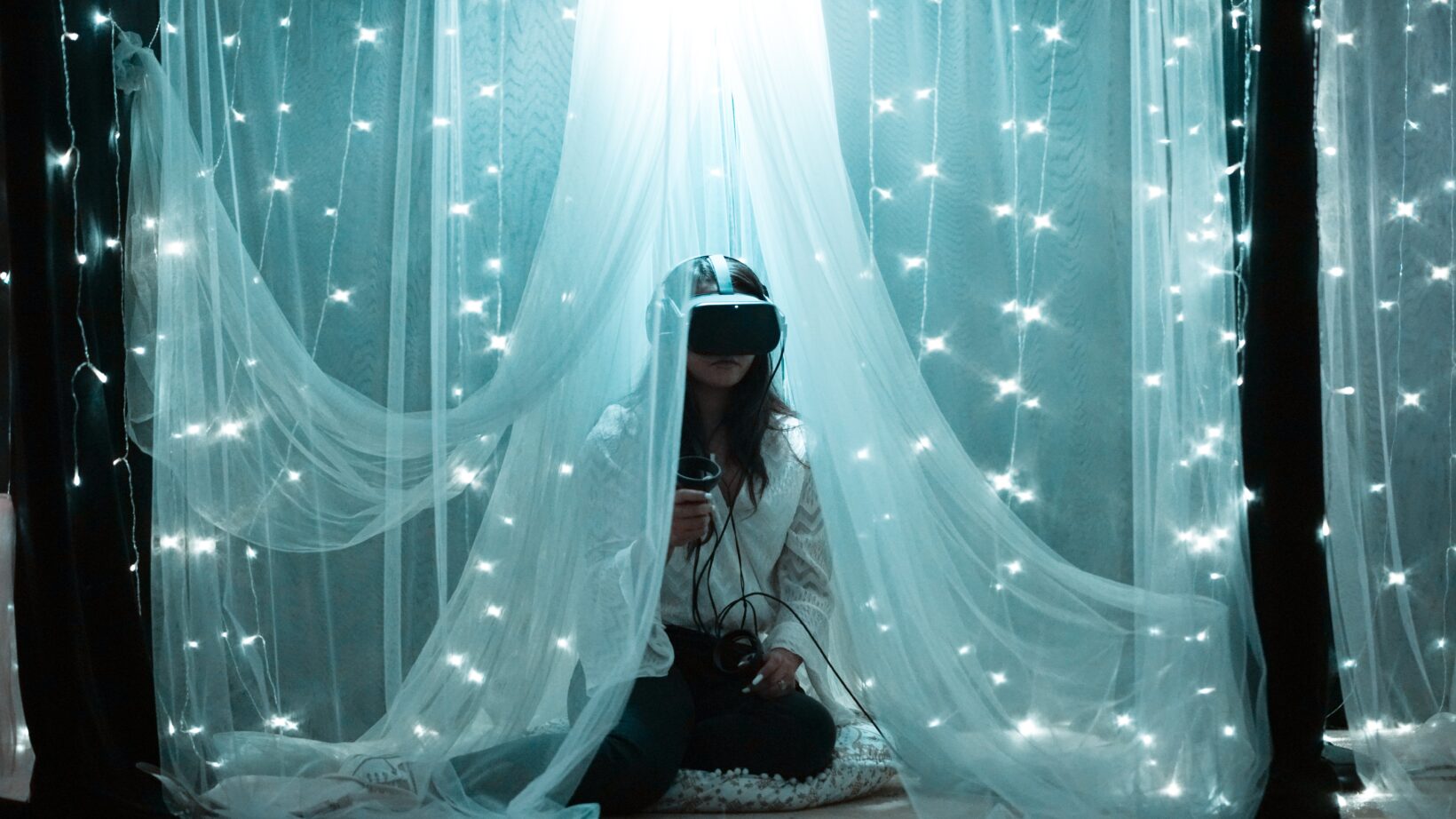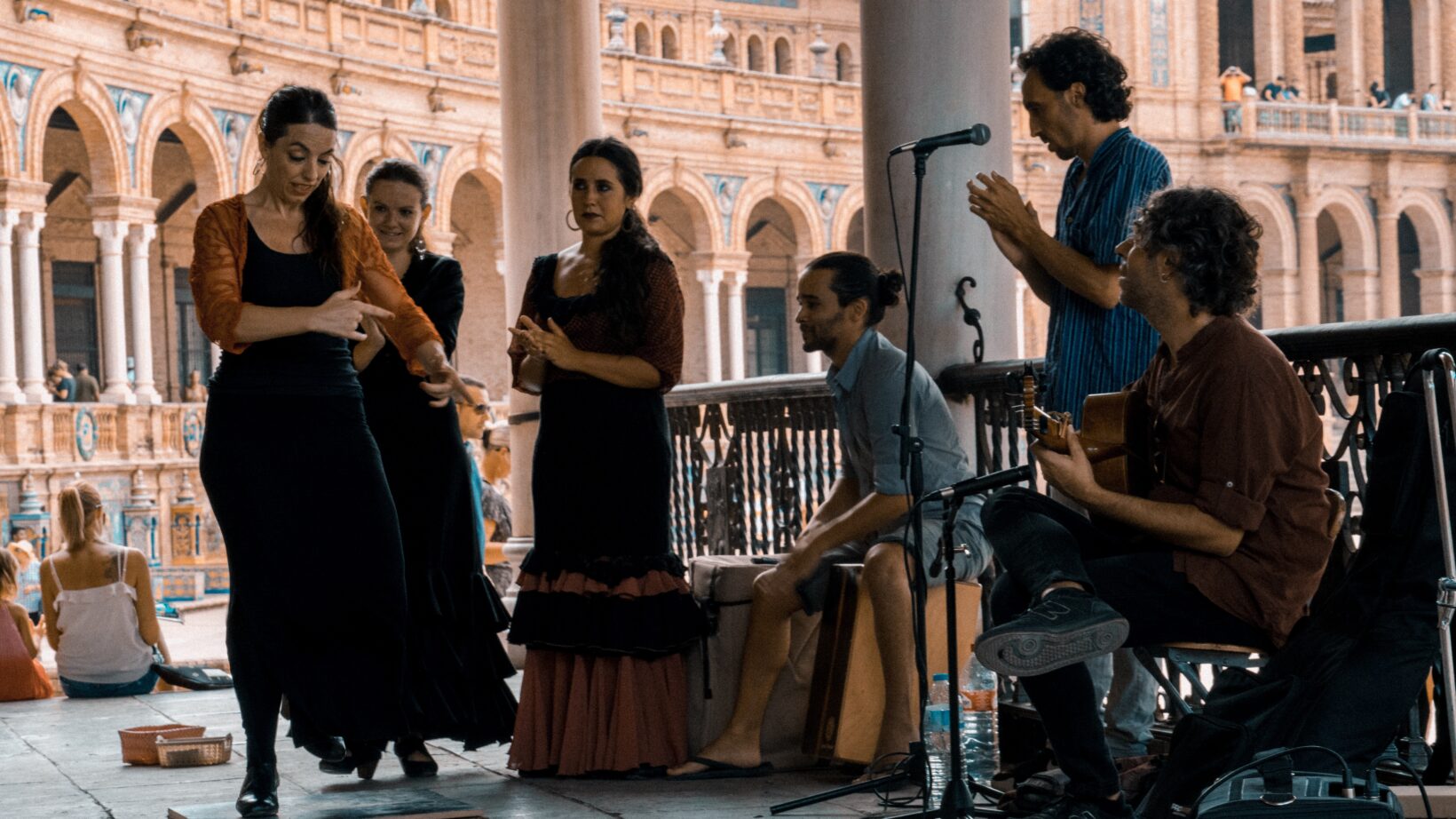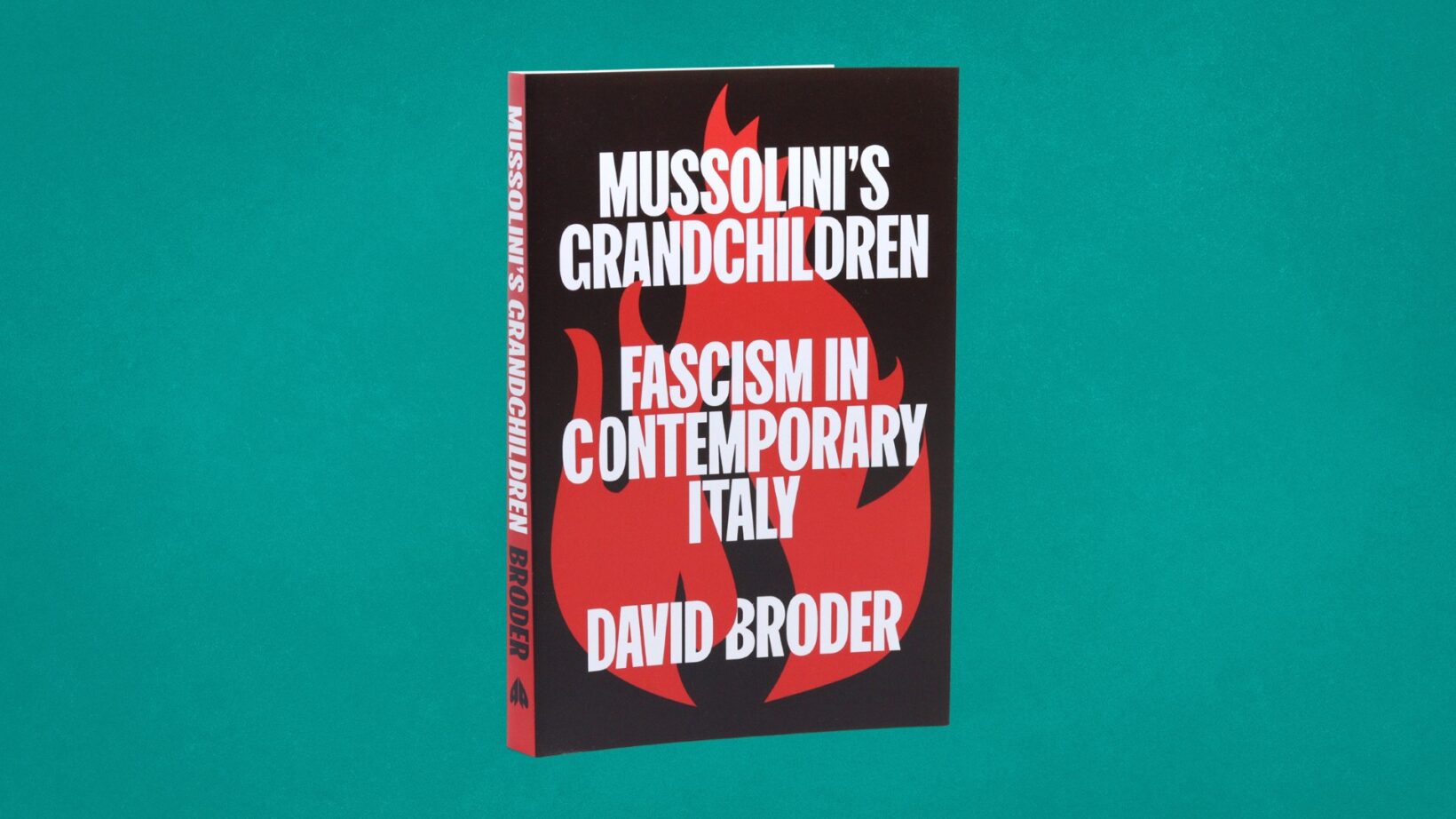A new exhibition at the Barbican examines the relationship between environmentalism and art.
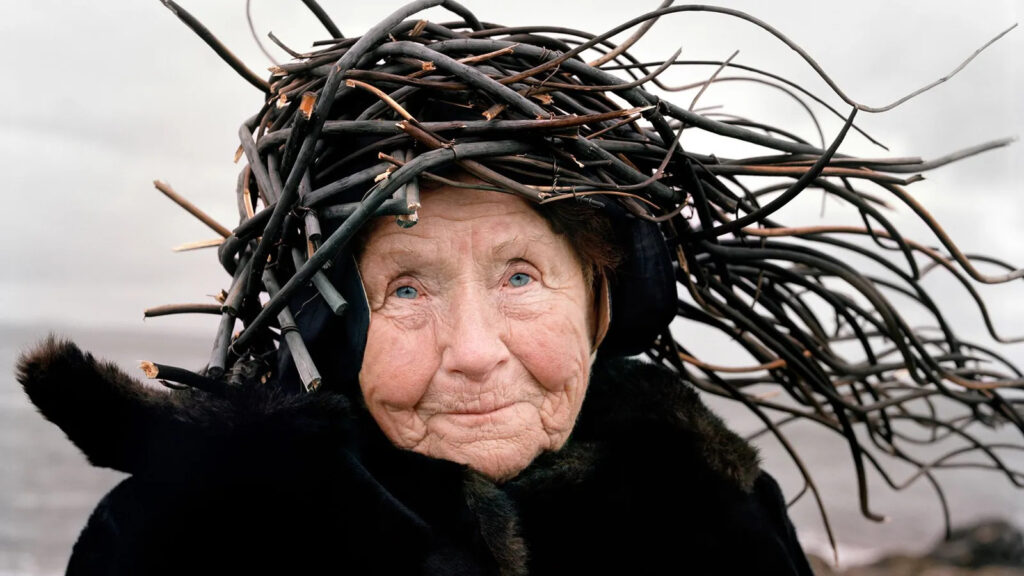
“The arts can provide an alternative view and a different way to engage with a topic that can sometimes feel too big or too unwieldy, it can provide a way into discovering a subject that would otherwise feel exclusionary. It can provide a space, a place, or a moment to connect you into the climate crisis and allow for an emotional response and provide a space that feels ok to have that response.” Luke Kemp is co-curator of ‘Our Time on Earth’, a new exhibition at the Barbican arts centre in London that sets out to investigate the power of global creativity in transforming conversations around the climate emergency. I’m asking him how he thinks arts and artists can help draw attention to the global climate crisis. “The arts can provide an alternative view and a different way to engage with a topic that can sometimes feel too big or too unwieldy, it can provide a way into discovering a subject that would otherwise feel exclusionary”, says Luke. “It can provide a space, a place or a moment to connect you into the climate crisis and allow for an emotional response and provide a space that feels ok to have that response.”
In 1992, the United Nations began to recognise climate change as a major existential threat to the planet. In the past few years Amnesty International has absorbed the climate crisis into their thesis, now regarding environmental emergencies as another considerable threat to human rights. Greta Thunberg is a global figurehead for coordinated campaigns and protests, and direct actionists like Extinction Rebellion are making impressively loud noises that shake up complacent media narratives. However, the arts have been a crucial voice in posting ecological red flags for considerably longer. Working on themes of agrarian sustainability, US/Hungarian artist Agnes Denes started creating artworks that invoked conversations about the best, most sympathetic use of land during the 1960s. Her 1968 piece, ‘Rice/Tree/Burial’, encouraged audiences to react to ecological situations of containment, with their responses recorded in a time capsule that won’t be opened until 2968. Borne from the Fluxus movement, throughout his career the late German artist Joseph Beuys made work that he hoped would make humankind realise the damage that they enact on the environment. And there are plenty more, from artists like Andy Goldsworthy and Nils-Udo, who craft wondrous, plaintive sculptures from natural materials, to the questioning, interventionist work of Alan Sofist. When it comes to communicating on the common good, more often than not it’s the artists who make the most of their voices.
Rather than relying on individual creators for the ‘Our Time on Earth’ exhibition, the curatorial team have focussed on collaborative approaches, grouping artists, writers and designers with researchers, activists, and scientists to pull together interactive installations, art and digital works that invite audiences to regard the planet as a community that belongs to us all. Collaborations in the show include ‘Noise Aquarium’, a 3D exploration of how plankton (a primary food chain link) live and behave from artist Victoria Vesna and Austria’s Angewandte Scientific Visualisation Lab, and ‘The Sanctuary’, a video installation from Andre Roberts of the Bio-Leadership Project and digital art collective Marshmallow Laser Feast that illustrates how human beings are part of nature’s systems. Elsewhere, writer and activist George Monbiot has worked with creative studio Holition on ‘Soil’, an immersive look at the importance of the ground beneath our feet, and Biofabricate partner with environmentalists Parley for the Oceans to imagine how fabrics made using biotechnology could impact the future of the fashion industry. Work from Finnish-Norwegian artist duo Riitta Ikonen and Karoline Hjorth’s ‘Eyes as Big as Plates’ project will also be on display. The pair’s photographic series of ordinary people submerging themselves in nature found new audiences on social media last year as users shared their images of elderly souls draping themselves in crowns made of twigs and leafy cloaks. How did the other curators go about choosing the exhibition’s participants? “We wanted to find people who are looking at the wonder and the awe of the natural world, and how this can help people to find the positives in the crisis we are in,” Luke says. “George Monbiot, (Colombian biologist) Brigitte Baptiste, Andres Roberts etc. are all leaders in their fields, exploring ideas around the natural world and the climate emergency. We wanted to create an opportunity where their ideas could become visual and interactive experiences that invite people into this new conversation and resonate with people’s personal and everyday experiences.”
This is an exhibition about positivity and solutions to the climate emergency that comes at a time when the big beasts of dark political disruption are mobilising once again. In the same way that Brexit was a manufactured manoeuvre that served a deeply-invested, wealthy, elite minority, familiar dissenting voices from the right are now targeting net-zero campaigns. The owners of the means of production are seeing that their financial futures are under threat. Net-zero – literally, an output of zero carbon emissions by 2050 – relies on the ending of emissions from fossil fuel sources. And a turn towards renewable energy means no more coal, oil and gas burning. No more desalinisation plants and tighter controls on the manufacturing of plastics. The big beasts are worried. The climate deniers are on the march once again.
The same kind of protectionist cabal of vested interests that set up the European Research Group to help prevent the UK from staying in the EU has now established something similar in the shape of the Net Zero Scrutiny Group that argues against green policies and the net-zero endgame. Shapeshifting anti-progressive Nigel Farage is now head of something called Vote Power Not Poverty, a ragged movement that uses economically illiterate theories to push for a national referendum on net zero. Increasingly, politicians and those with vested interests in keeping ecologically damaging assets alive will try to discredit environmental agendas. As with Brexit, their fight will take place across social media platforms and friendly media outlets. As with Brexit, anti-green rhetoric will be carefully worded to stir up support from those that still feel disenfranchised. How a move away from fossil fuels will mean massive job losses (when in fact it will create plenty more). How sourcing alternative energy components will lead to human rights abuses (when existing oil-producing countries like Saudi Arabia and Kuwait already have the worst human rights records on the planet). That sort of thing. Whether by accident or design, the ‘Our Time on Earth’ exhibition is well, erm, timed. I ask Luke how the art world can do more to help. “I think the arts can allow for an openness and transparency about the climate emergency that would be difficult to have in other areas. Institutions especially are a platform, and it’s important to use that platform properly and elevate conversations, debate, discussion, and ideas through that platform.”
Whilst temporary projects like ‘Our Time on Earth’ add support for international environmental campaigns, Luke’s point about the platform that institutions provide is an important one. If arts organisations like London’s National Gallery can host free, extensive, permanent exhibitions of artworks that are considered important from a creative perspective, why can’t we have the same kind of free, extensive, permanent exhibitions of artworks that tell the truth about the climate crisis? And not just in London.
The ’Our Time on Earth’ exhibition runs at the Barbican arts centre in London from May 5th to Aug 29th 2022.
Simon Coates is a London-based artist, writer and curator. He is also the founder of the arts and activism platform Tse Tse Fly Middle East.
